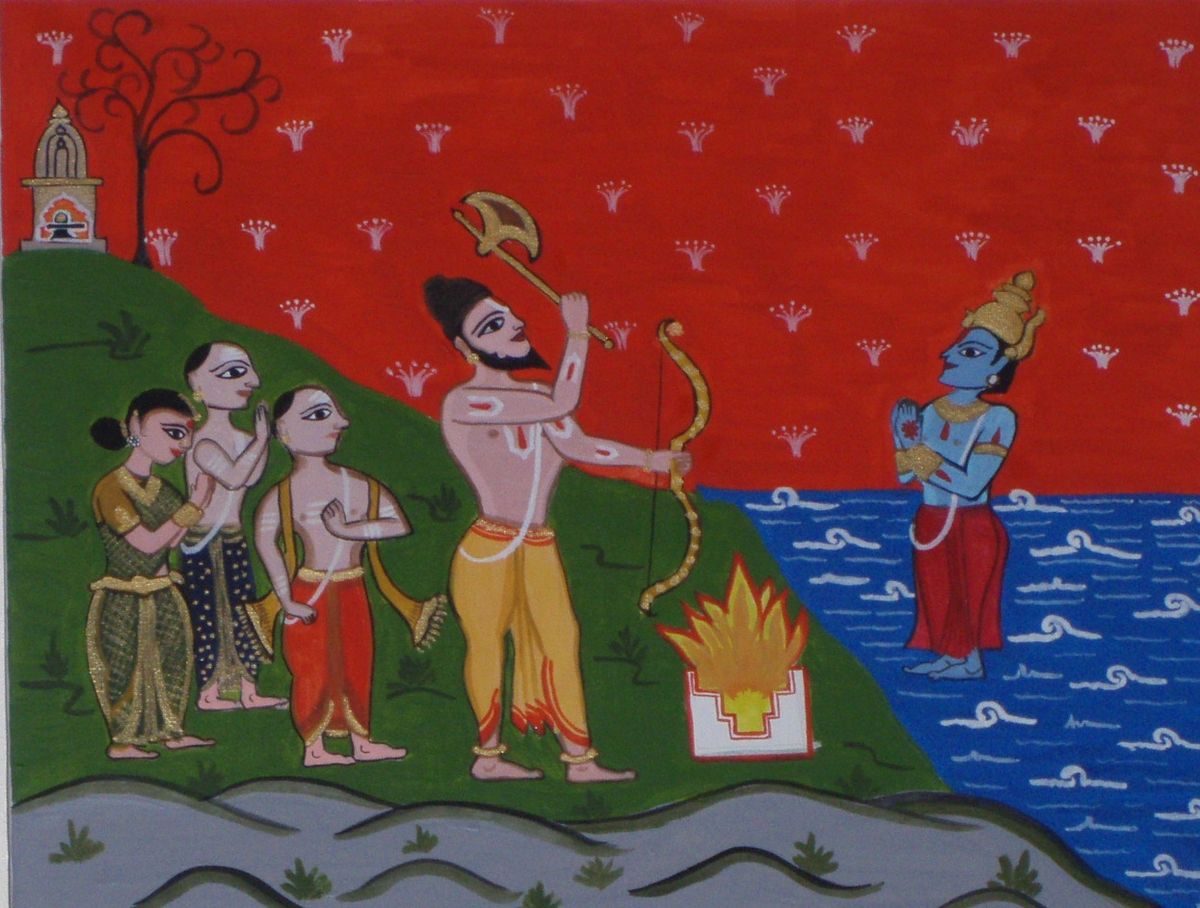The Gaud Saraswat Brahmins (GSB) are a Hindu Brahmin community that originated in the coastal region of Goa, India, and are part of the larger Saraswat Brahmin community. The history of the Gaud Saraswat Brahmins is closely tied to the region of Goa and its historical, cultural, and religious developments. Here's a brief overview of their history:
History: The Gaud Saraswat Brahmins trace their origins to the Saraswat region, which is believed to be located along the banks of the now-dried-up Sarasvati River in ancient India.
They are believed to have migrated to the Konkan coast, including Goa, around the 7th century CE from Guada desh (present Bihar and Bengal). Hence got name Guada Saraswat brahmins. Majority of the GSBs migrated to Goa, Maharashtra, Karnataka , Kerala and other parts of the country. Many of sub communities includes Chitrapur Saraswats, Rajapur Sarasawat Brahmins and others.
They played a significant role in the socio-religious and cultural life of the region, becoming custodians of knowledge, rituals, and traditions.
They have contributed to various fields, including literature, philosophy, arts, and cuisine. They have preserved and passed down ancient texts and rituals, ensuring the continuity of Hindu practices in the region. Their involvement in various cultural activities and religious ceremonies has remained integral to the identity of Goa.
The arrival of the Portuguese in Goa in the early 16th century marked a significant period of change and upheaval for the GSB Brahmins, as it did for the entire region. The Portuguese colonial rule led to religious persecution, cultural suppression, and the destruction of temples. Many GSB Brahmins migrated to other regions of India, mainly especially to the west coast.
After India gained independence in 1947 and Goa was liberated from Portuguese rule in 1961, there was a resurgence of cultural and religious activities among the GSB Brahmins. Temples were rebuilt, and efforts were made to preserve and revive their unique cultural heritage.
In contemporary times, the GSB Brahmins have spread to various parts of India and the world due to educational and professional opportunities. They continue to maintain their traditions, rituals, and cultural practices, while also adapting to the changing times.
The Gaud Saraswat Brahmins have a rich history that is deeply intertwined with the cultural and religious landscape of Goa and the surrounding regions. They have played a crucial role in preserving and propagating Hindu traditions and continue to contribute to various fields in modern society.
Here are some key characteristics and aspects of the Gaud Saraswat Brahmin community:
1. Cultural and Religious Practices: GSB Brahmins have a rich tradition of cultural and religious practices. They follow Vedic rituals and are known for their involvement in various religious ceremonies, including performing pujas (ritual worship) and conducting religious rites. They have historically been custodians of knowledge and rituals, preserving and passing down ancient texts and traditions.
2. Cuisine: GSB Brahmins are known for their unique cuisine, which is predominantly vegetarian. They have their own traditional dishes and culinary practices that are an integral part of their cultural identity.
3. Education and Scholarship: Historically, GSB Brahmins have been associated with education and scholarship. They have contributed to fields such as literature, philosophy, arts, and sciences. Many have pursued higher education and excelled in various professional fields.
4. Migration and Diaspora: Over time, GSB Brahmins have migrated to various parts of India and the world, seeking educational and career opportunities. As a result, you can find GSB communities in different regions of India and in countries such as the United States, Canada, the United Kingdom, and the Middle East.
5. Temples and Festivals: GSB Brahmins have built and maintained temples in various regions where they have settled. They actively participate in religious festivals, ceremonies, and community events, which play a vital role in maintaining their cultural and social bonds.
6. Language: The GSB community primarily speaks Konkani, a language spoken in the Konkan region, which includes Goa. Konkani is written in multiple scripts, including Devanagari and Roman.
7. Social Structure: Like many Brahmin communities, GSBs traditionally have a hierarchical social structure, with different roles and responsibilities for different segments of the community.













